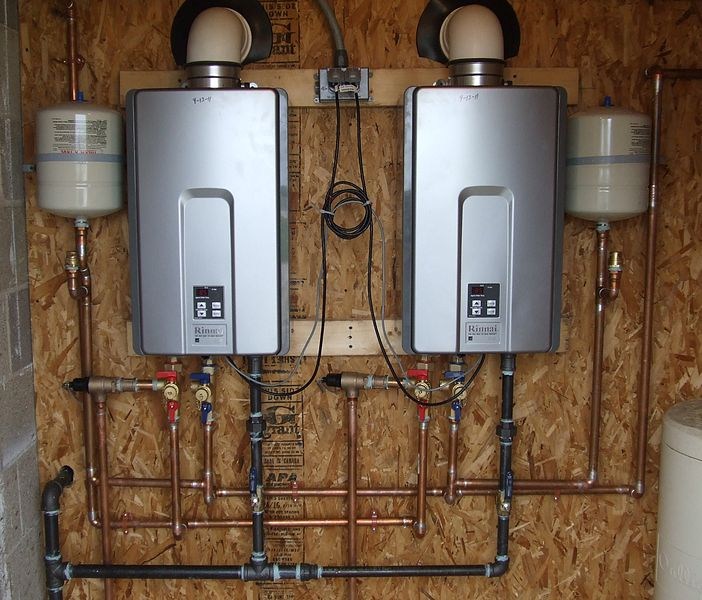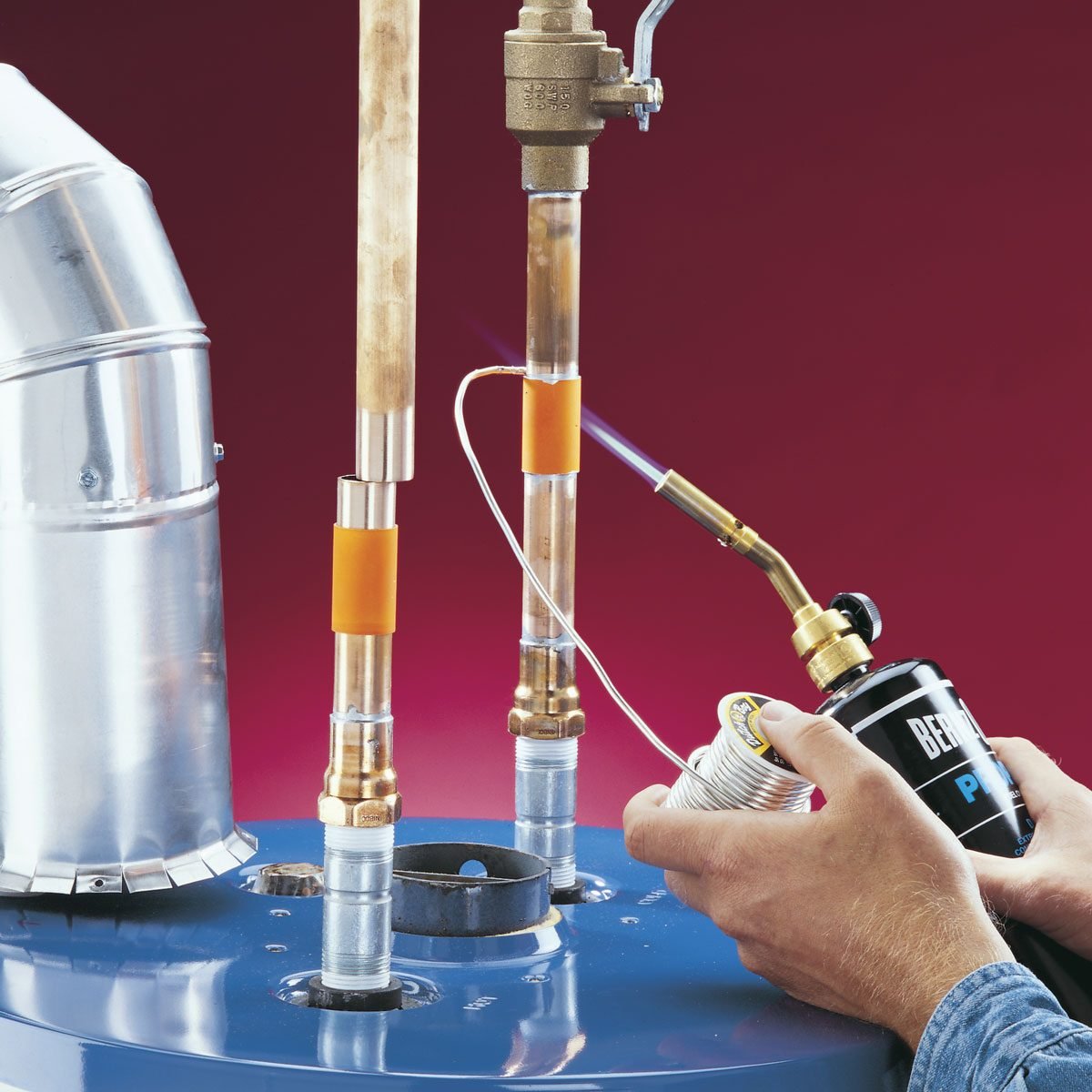Dependable Pipe Repair Solutions to Minimize Expensive Water Damage
Dependable Pipe Repair Solutions to Minimize Expensive Water Damage
Blog Article
Complete Overview to Water Heating UnitInstallation and Substitute
Recognizing the intricacies of water heating unit installment and substitute is vital for home owners seeking to make certain performance and integrity in their hot water supply. From selecting the appropriate kind and dimension to implementing a smooth setup process, several factors must be taken into consideration to prevent typical mistakes.
Types of Hot Water Heater
When thinking about hot water heater installment and substitute, it is important to comprehend the various kinds of water heating systems available in the marketplace. One of the most typical kinds include container hot water heater, tankless hot water heater, warmth pump water heating systems, and solar water heating systems.
Storage tank water heating systems are typical systems that save a particular volume of hot water, making them readily offered when needed. They are normally less costly upfront yet might sustain greater energy expenses in time as a result of heat loss. On the other hand, tankless water heating systems provide warm water on demand, eliminating the demand for storage. They are energy reliable and can save space, but their initial expenses are commonly greater.
Heatpump water heaters utilize electrical energy to move warm from the air or ground to heat water, using substantial energy savings yet needing more room and details installation conditions. Lastly, solar hot water heater harness solar energy to warm water, offering an eco-friendly choice with possible long-term cost financial savings, although they frequently call for a back-up system for over cast days.
Recognizing these alternatives ensures educated choices regarding setup and substitute, catering to specific needs and choices.
Selecting the Right Dimension
Selecting the ideal dimension for a water heating system is critical to guarantee optimal performance and performance. An unit that is as well small will certainly battle to meet family needs, causing irregular warm water accessibility and increased power intake. On the other hand, an extra-large hot water heater can cause unneeded energy waste and higher utility bills.
To figure out the best dimension, think about the household's peak hot water usage. This can be computed based upon the variety of passengers and their regular warm water needs. For instance, a family members of four might call for a hot water heater with a capability of 50 to 80 gallons, relying on the use patterns, such as synchronised showers and laundry.
In addition, analyze the healing rate, which gauges exactly how swiftly a heating unit can replenish warm water after it has been used. For tankless designs, concentrate on the flow rate, determined in gallons per minute (GPM), to guarantee it fulfills the family's simultaneous need.

Installation Process Summary

Following, the old device needs to be detached and gotten rid of, taking care to follow local codes and regulations pertaining to disposal. As soon as the old unit is out, the new hot water heater can be placed you can find out more in position. This step involves linking the water supply lines, guaranteeing that all installations are leak-free and safe and secure.
After establishing water links, it's necessary to attach the power supply, whether electric or gas, complying with the maker's directions carefully. As soon as all links are made, the system needs to be loaded with water, and the power can be turned back on. Lastly, it's vital to look for leaks and make sure the hot water heater is operating appropriately prior to finishing the setup process.
Common Setup Errors

An additional constant blunder is ignoring to follow regional codes and laws. Falling short to adhere to these criteria can not only lead to security hazards however might likewise result in expensive fines or the requirement for costly reinstallation.
Failing to protect connections or utilizing the wrong type of fittings can lead to leaks and water damages. By staying clear of these typical setup blunders, home owners can ensure their water heating unit operates safely and successfully, maximizing performance and long life.
Maintenance Tips for Longevity
Proper upkeep of a water heating system is essential for its longevity and ideal performance. Routine assessments and maintenance can avoid costly fixings and expand the appliance's lifespan. Begin by examining the temperature level setup; it needs to typically be established between 120 ° F and 140 ° F for optimal power efficiency and safety.
Every six months, purge the storage tank to get rid of sediment buildup, which can hinder home heating performance and cause rust. To do this, shut off the heating system, connect a tube to the drainpipe shutoff, and allow the water run up until it is clear.
Anode rods must be evaluated yearly and changed when they are corroded. Read More Here These rods assist protect against storage tank corrosion by attracting corrosive elements in the water.
Additionally, examine the stress safety valve routinely to guarantee it is working correctly. This shutoff is crucial for preventing extreme pressure buildup within the tank.
Lastly, think about arranging a specialist maintenance check every couple of years for detailed assessments and servicing. By adhering to these maintenance pointers, home owners can dramatically enhance the performance, safety, and lifespan of their hot water heater, guaranteeing dependable warm water for several years to come.
Conclusion
Finally, appropriate installation and maintenance of hot water heater are important for making certain efficiency and long life (water heater installation). Selecting the proper kind and size, sticking to installment standards, and staying clear of common mistakes dramatically add to ideal performance. Regular maintenance checks and professional maintenance help suffer capability and avoid costly repair services. By understanding these crucial facets, homeowners can achieve a trustworthy warm water supply while minimizing potential issues associated with hot water heater procedure.
Recognizing the complexities of water heating system installment and substitute is critical for homeowners seeking to guarantee effectiveness and integrity in their hot water supply.Tank water heating systems are typical systems that store a specific quantity of warm water, making them conveniently offered when required. In comparison, tankless water heaters give hot water on demand, removing the demand for storage. Picking a water heating unit that is either as well small or as well big can lead to inefficiencies, resulting in poor warm water supply or excessive energy consumption.
By comprehending these vital aspects, property owners can achieve a trustworthy warm water supply while lessening possible concerns connected to water heater procedure. drain cleaning.
Report this page